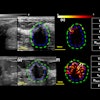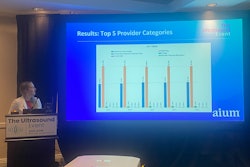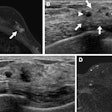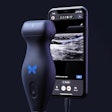Standardized screening for vasa previa with ultrasound is tied to a high detection rate and high perinatal survival, suggest findings published August 7 in the American Journal of Obstetrics and Gynecology.
Researchers led by Bridget Donovan, MD, from the Beth Israel Deaconess Medical Center in Boston, MA, found that standardized screening led to a pooled survival rate of about 98% among prenatally diagnosed cases.
“These findings make a strong case for standardized screening for vasa previa,” Donovan and colleagues wrote.
Vasa previa refers to unprotected fetal vessels running through the membranes over the cervix. Rupturing of these vessels during the antepartum period or in labor often leads to severe fetal blood loss, resulting in stillbirth or neonatal death.
Prenatal screening for vasa previa has been debated, with arguments against this approach being added costs, the potential for false positives, the availability of equipment and personnel for screening, and medico-legal considerations.
The Donovan team evaluated prenatal detection of vasa previa and perinatal survival in published studies that implemented standardized protocols. These included prospective second-trimester ultrasound screening protocols followed by ultrasound confirmation in the third trimester.
Final analysis included 19 publications with 779,845 pregnancies and 505 vasa previa cases (1 in 1,544). Of these, 494 (97.8%) were diagnosed prenatally.
Standardized second-trimester ultrasound screening with third-trimester confirmation achieved a perfect pooled sensitivity and specificity, 100% for both measures. This was based on 774,937 pregnancies and 11 false-positive cases.
Perinatal survival among prenatally diagnosed cases ranged from 87.5% to 100%, with a pooled survival rate of 98.2%, the researchers also found.
“Results remained consistent after excluding studies at high risk of bias,” the study authors wrote. “No evidence of publication bias was found.”
With these results in mind, they recommended that national and societal guidelines for obstetric imaging be updated to include universal screening for vasa previa.
“We recommend that all practitioners performing obstetric ultrasound be aware of the clinical significance and ultrasound appearance of vasa previa and that obstetric ultrasound policies implement universal screening to ensure optimal perinatal outcomes,” the authors wrote.
The full study can be found here.




















